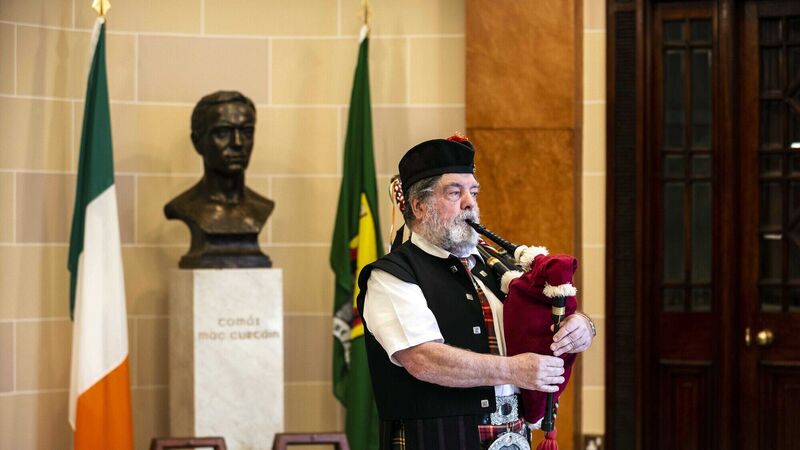Irish Examiner view: Statues not the only way to mark the past

It is a sign of the challenging times that Cork City Council last week voted down proposals to erect statues of Tomás Mac Curtain, Terence MacSwiney, and Michael Collins on St Patrick St because they did not include any female representation. Picture: Clare Keogh
















